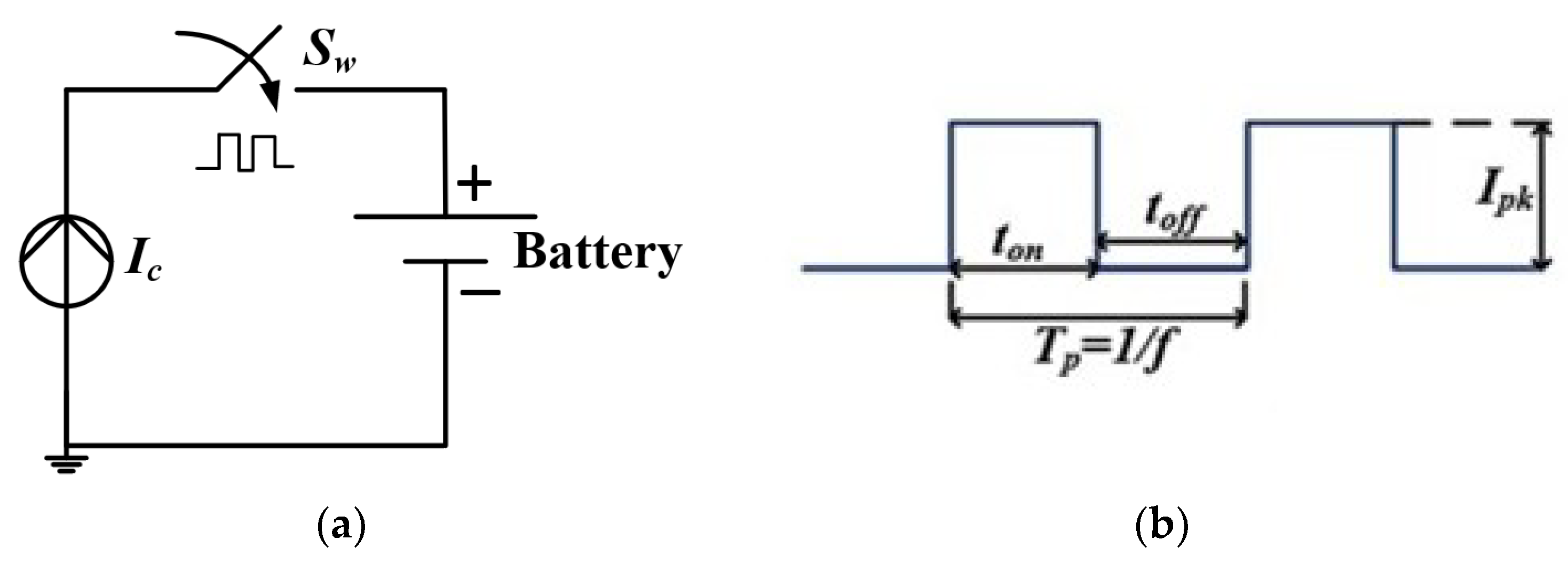
To create a precise SOC estimate, this data is combined with previously loaded cell-pack data for the precise cells being observed. The standard method for determining SOC is to accurately measure the coulombs and current going in and out of the cell stack under all operating situations, as well as the individual cell voltages. However, it is difficult to precisely predict the SOC under diverse operating conditions, because both battery charge and discharge involve intricate chemical and physical processes. In fact, an accurate SOC assessment can prevent unexpected system interruptions and keep batteries from being overcharged and overdischarged, which could harm the internal structure of the batteries permanently. One key function of battery management systems (BMSes) is accurate SOC estimation, which can help increase system performance and dependability, as well as the battery’s duration. Besides traditional estimation methods, such as coulomb counting, voltage method, and Kalman filter, an AI-based approach could offer an efficient alternative. With time, and after several charging/discharging cycles, aging and material degradation can cause the battery’s SOH to fall below its initial value.Īs a result, the estimation of these parameters is not an easy task, as it depends on several factors and requires high accuracy to improve system reliability, performance and the battery life cycle. You can also calculate the SOH with the formula below, where Q nom is the current nominal capacity and Q nom BOL is the nominal capacity at the beginning of life: More importantly, however, the use of AI in EVs will enable users to monitor and predict the SOC and SOH of an EV’s battery, which is essential for prolonging battery life and increasing vehicle range.Īt any given time, the SOC can be computed according to the following formula, where Q rem is the remaining capacity in the battery and Q max is the maximum (or rated) capacity as specified by the manufacturer:

Furthermore, AI is contributing to the search for new materials for battery manufacturing and the identification of new recycling techniques.

AI will also play an essential role in the future, with the spread of vehicle-to-grid technology, wherein EVs will exchange electricity with the grid using a bidirectional energy transfer. If electronics play a fundamental role in the architecture of electric vehicles, artificial intelligence (AI) is becoming an essential component-especially for monitoring and managing the state of charge (SOC) and state of health (SOH) of an EV’s battery.ĪI technologies are currently used to optimally manage various factors crucial to the operation of EVs, such as powertrains, battery management and fast charging. E-mobility is advancing at an increasing pace, emerging as the reference model in the automotive sector.


 0 kommentar(er)
0 kommentar(er)
